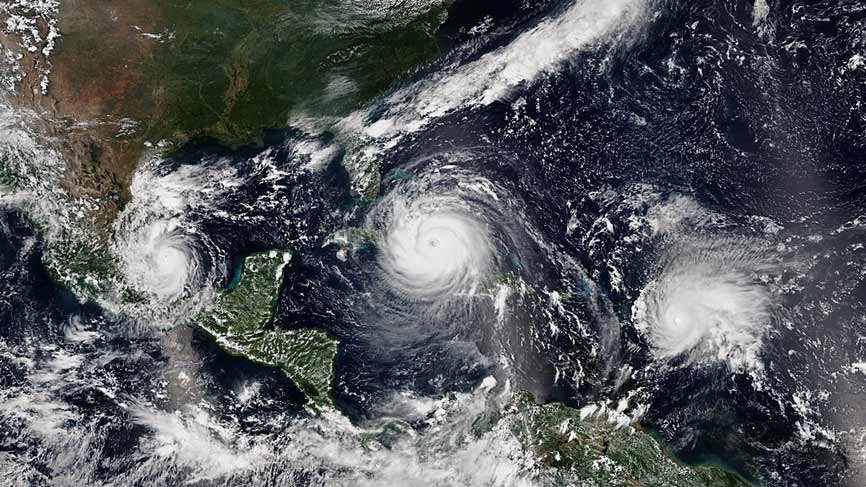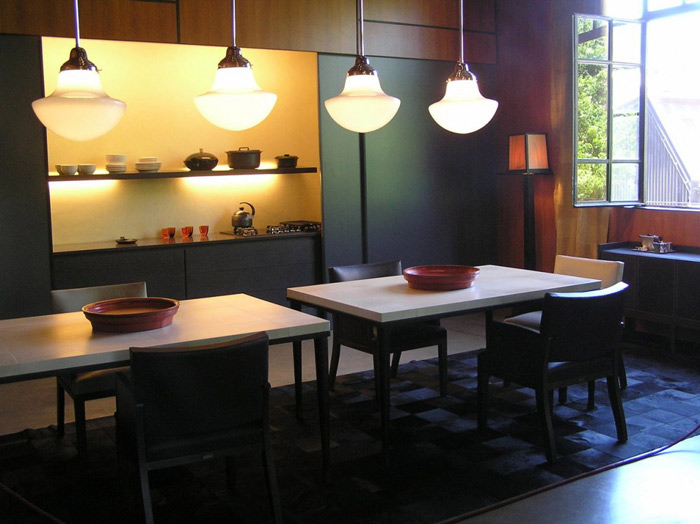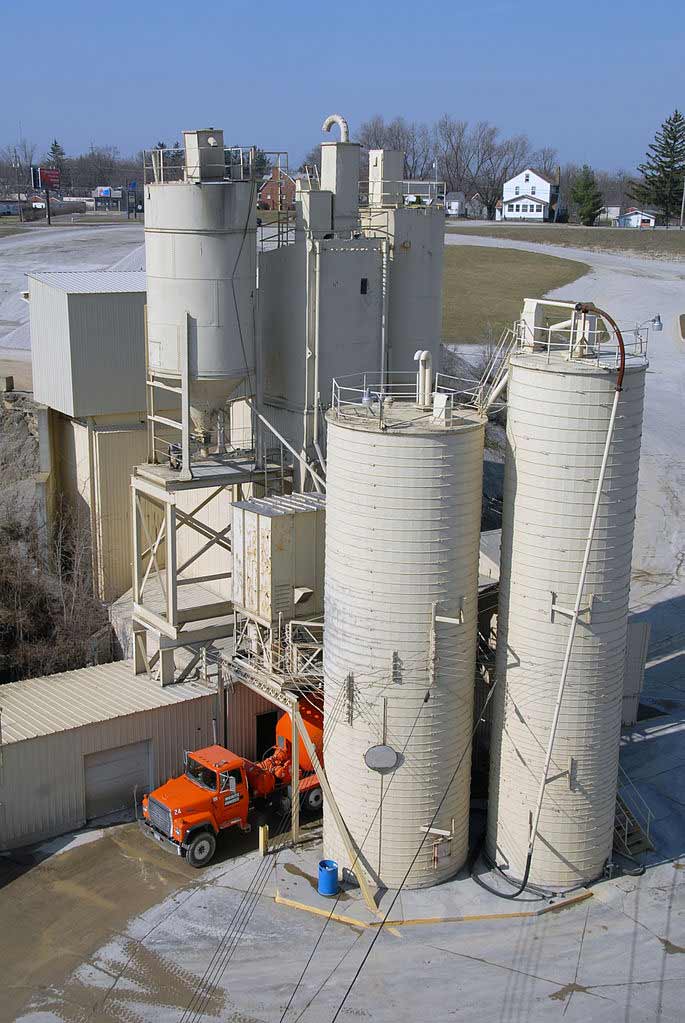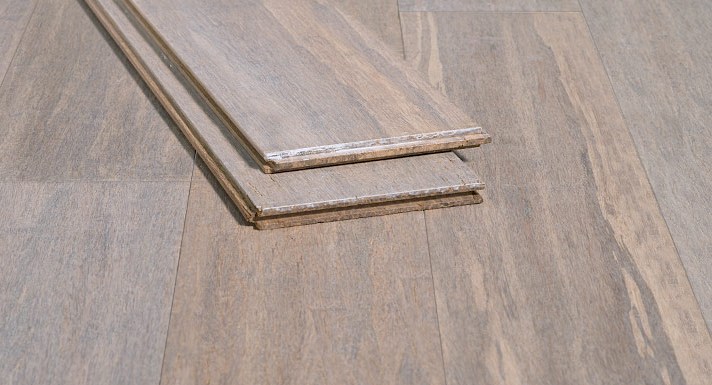Would you like to live a more eco-friendly lifestyle? Do you ever feel just a tad guilty that you might be damaging the planet? In the US, almost two-thirds of people see climate change as a threat, and the latest scientific evidence suggests that it might be worse than we think. The recent freak weather suggests that global warming could be speeding up.

Of course, it’s not too late to do something about it. The bad news is that no matter what we do, the effects of global warming will continue for the next few decades. But by taking action now, we can mitigate the extended longer-term effects. The best way to achieve this, of course, is to reduce our greenhouse gas emissions. In fact, the US is leading the way in terms of absolute greenhouse gas emissions, with a reduction of 760 million tons a year. The UK is in second place, reducing their annual emissions by 170 million tons each year. Most of the change is the result of government action and the move to renewable resources. Texas alone has 90,000 wind turbines, and Kansas generates over two-thirds of its electricity from wind power. But it isn’t all down to governments. At an individual level, we can all make a difference by taking even modest steps to change our lifestyle. There are many ways of achieving this, but here are some excellent simple eco-hacks to get you started.
Upgrade your lighting to LEDs

We have come a long way since the days of incandescent lighting. Despite their comforting glow, only a small amount of the electricity incandescent bulbs burn is converted to light – most of it is converted to heat. Already, incandescents have been phased out in many regions. Apart from a few exceptions, they are unavailable in Europe. In the US, they will be banned by 2020, and they will be phased out in California during 2018. The switch to halogen lighting was just a stop-gap. Although they are more efficient than standard incandescents, they still produce far too much heat and are also being phased out. Compact fluorescent lamps (CFLs) use less than a quarter of the electricity that incandescent lamps do, and they last many times longer too. But many people don’t like the light they produce, and they usually can’t be dimmed. They also contain mercury, which is not great news for the environment. Light-emitting diode (LED) lighting is the most eco-friendly choice. LED lamps are easy to control, produce virtually no heat, and are available in a wide range of colors, including various white color temperatures. Not only are they way more efficient and eco-friendly than alternative lighting, but they can also be exceptionally stylish and look great in any contemporary setting.
Reduce plastic waste
- Do not use cosmetic and cleaning products that contain micro-plastic beads
- Buy fresh food rather than food packaged in plastic containers
- Don’t use disposable PET plastic bottles. These never degrade, and we purchase a million of them every minute of which we recycle a meager 9%.
- When possible, choose plastics that can be recycled; research into new bio-degradable plastics is ongoing,
Choose eco-friendly sustainable materials for your home
Simply making a few changes to your home can have an impact on the climate, and if many of us chose to do so, that impact will be substantial. If you are considering a home renovation shortly, this is the ideal time to go green.
Greener building materials

Few people understand the real environmental impact of concrete. Globally, concrete is the most widely used building material and was even used by the ancient Egyptians. In many ways, it is ideal. In liquid form, it can be poured and pumped even to the highest building, subsequently setting to form a strong robust structure. It contains just sand, gravel, water, and cement; so you might wonder what could be the problem. The problem is the cement. It is formed from limestone and silicates at temperatures of around 1500 C (2732 F), a process that produces huge quantities of carbon dioxide. Every ton of cement manufactured creates a tonne of carbon dioxide; cement manufacturing accounts for 5% of total carbon dioxide emissions. While new processes can reduce this to some extent, any reductions are fairly modest. Of course, we will never replace concrete, but when we have the chance to make greener choices, it makes sense to take them Here are some examples: Recycled plastic: This is a great eco-hack. Not only does it reduce plastic waste, but it can also be an excellent concrete alternative. Although it’s still in its early days, recycled plastic and fiberglass can replace steel and concrete as a structural material. While this might not currently be available for your home construction project, it almost certainly will be in the future. In the interim, you can use products such as recycled plastic decks. Every three feet of decking board consumes 1000 recycled plastic bottles.

Bamboo: While bamboo is one of the oldest construction materials and is still used by many cultures, it is generating interest as a possible alternative to steel and concrete in modern buildings. The first stage is replacing steel in reinforced concrete with bamboo, and various centers are researching this. Again, it is in its infancy and not available generally, but there are other ways of using bamboo, probably the most sustainable of all building materials in the world, in your home:
- Bamboo flooring is now favored by architects the world over. Not only is it highly sustainable, but it is also stronger than hardwood, immensely durable, and will last a lifetime. In fact, several lifetimes. Choosing a bamboo floor is one of the greenest home renovation choices you can make.
- Bamboo doors are also an excellent choice. Highly fashionable and stylish, they provide great sound insulation and, like bamboo floors, are easy to maintain.
- Bamboo cladding and wall panels – great for use both outside and indoors, bamboo cladding can look stunning and requires very little maintenance.
Insulation
Properly insulating your home has many eco-benefits, and if you do so by using sustainable insulation materials that are not derived from oil, you can doubly congratulate yourself. This is probably one of the easiest eco-backs to undertake. Some eco-friendly insulation suggestions are:
- Wood fiber insulation is renewable and highly efficient producing, with very low pollution levels and a low carbon footprint manufacturing process. It is suitable for all types of construction and, perhaps surprisingly, is not considered a combustion hazard.
- Hemp wool is an excellent insulation material and highly sustainable. It contains no harmful substances; it is odorless, its manufacturing process has a small carbon footprint, so it has a negative greenhouse gas impact and is recyclable.
- Sheep’s wool insulation is the most expensive of these options, but many consider the extra cost to be worthwhile. It has better insulating properties than mineral wool, and it is said to purify the air by absorbing pollutants. It is also resistant to burning and is safer than mineral wool to install.
Over to you

These are some eco hacks for you to investigate that will certainly contribute to reducing your carbon footprint. They will also contribute to a healthier lifestyle, free from many of the chemical pollutants that non-natural materials often generate. Some will even save your money. Of course, we ultimately have to compromise. While replacing concrete is infeasible, reducing its carbon burden is possible as scientists and engineers are discovering. As individuals, we can only make a modest contribution, but all those small contributions sum up to a substantial impact. So spread the word. Do you have any eco-hacks you would like to share? Let us know, and we will try to include them in a follow-up article.

